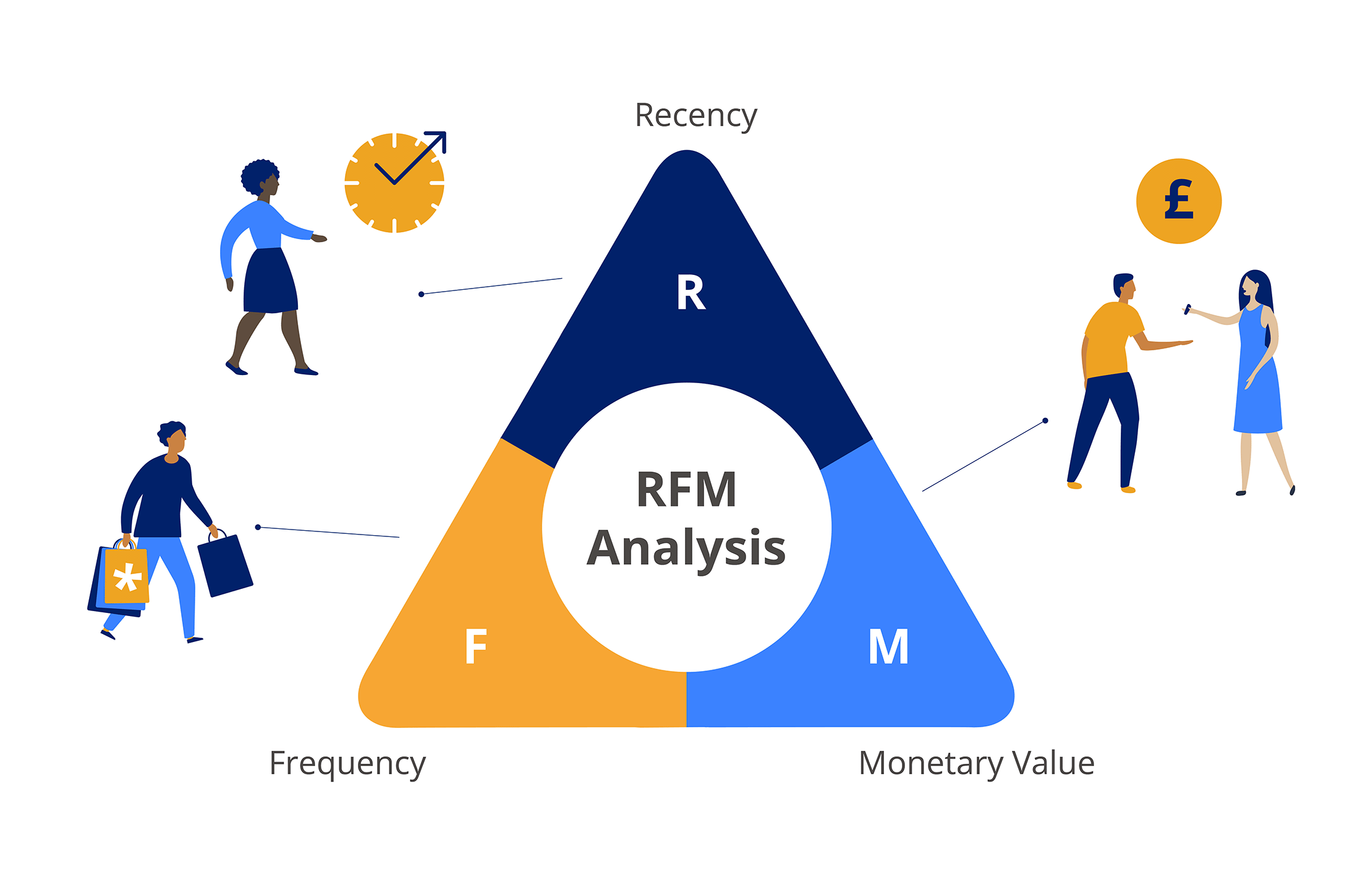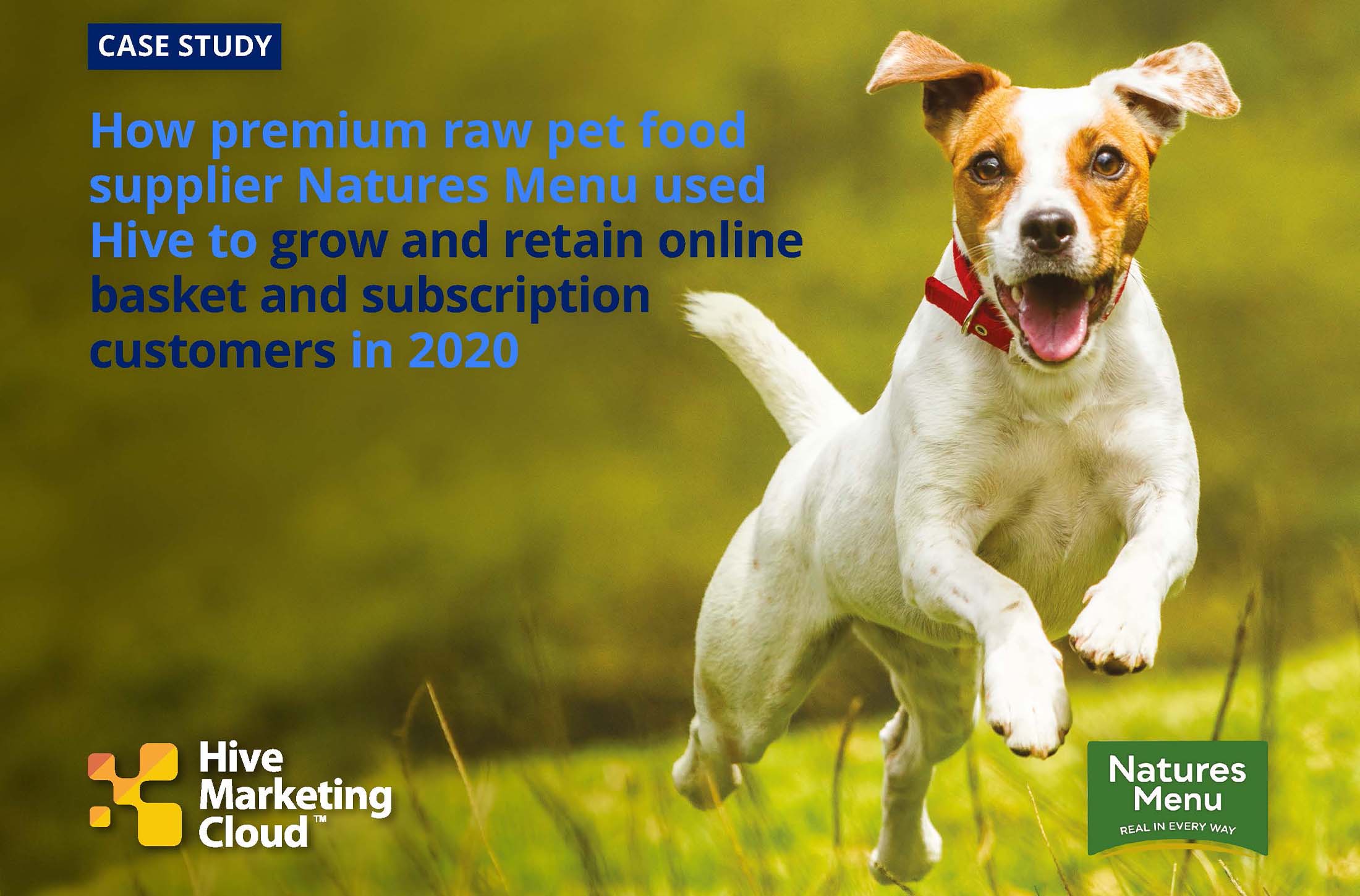Uncovering Hidden Benefits: The Importance of De-duplicating Marketing Data for Business Success
You could be missing potential growth opportunities due to duplicate data affecting your marketing efforts. Learn how de-duplication can help resolve this issue and drive success for your business.

What is data de-duplication?
As marketers, we are drowning in data, but often times the data is not helpful and can’t be pieced together to tell us anything useful about our customers or how to communicate with them. Maybe you also spend days trying to spin up lists from multiple silos, which inevitably means that human errors creep in?
The concept of ‘de-duping’ (de-duplicating) marketing data has been around for decades. It is easy for organisations to hold multiple consumer data profiles for very simple reasons. Consumers forget they already signed up or purchased and do so again but with a different email ID. Or perhaps they moved house and you have two records with the same name and different addresses but don’t know which is the correct record? Or perhaps you have new accounts being generated because you lack a fast enough password reset feature, which leads to consumers ‘forcing’ a faster process by creating new accounts with new details. Or maybe folk just got married and use new surnames. There are endless opportunities for duplicate records!
If the above opportunities to create duplicates are then considered across a large marketing dataset, or worse still, multiple siloed datasets; it’s easy to see that there could be thousands of duplicate records lurking in various marketing systems.
So I've got a data hygiene problem, so what?
De-duplication is a data hygiene technique that is important as it helps organisations in multiple ways. If you have two (or more!) customer records for one real-life human being, what is happening to your customer segmentation, reporting and KPIs?
Engagements will be artificially low, content and offer responses not as effective and only half of the value that a customer may truly represent to your organisation is being recognised while being incorrectly attributed across multiple profiles. And, if the reporting and metrics can’t be relied upon, the segmentation that you are operating will also be incorrect.
If you are sending different content to different segments (as you should be in order to increase the relevance and engagement with your content, promotions and offers) – does this mean you are sending messages twice, or worse still sending inappropriate or conflicting messages?
Ways in which de-duplication could help your organisation
Email KPIs – Open rates, click-throughs, bounce rates, sharing/forwarding and un-subscribes metrics will all be negatively impacted by duplicate records.
Segmentation – Your segmentation logic could be really out of whack if based on incorrect data. RFM scores and Customer Lifetime Value will be significantly affected by splitting values across multiple profiles – some customers may leap from your least performant customer segments to your highest value segments! (surely you would treat them differently in that case?)
Relevance – If segmentation is accurate then the relevance of content should be improved, therefore impacting the performance of the above metrics and ultimately marketing generated revenue.
Communication Cadence – Communications should be set at a cadence appropriate to the segment goal. Some segments may be under or over-served and this logic is something that should be periodically reviewed. If a percentage of your database is wrongly segmented due to incorrect profile scores, then this could impact customer experience and therefore your churn rate, as less engaged customers tend to prefer less frequent communications.
Deliverability – Incorrect or outdated email addresses caused by duplicates create poorly performing engagement scores. This could impact your email domain deliverability as email service providers want to clean up ‘spammy’ senders. If you also send postal direct mail (DM) to certain segments, duplicates will affect your ‘gone away’ stats too in the case of incorrect addresses.
Customer Experience – Help your customers feel valued by sending the messages that matter the most, with the most relevant content for them! Reduce confusion caused by sending conflicting or multiple messages to the same people.
Reduce email/mailing costs – The cost per email with most email services providers (ESPs) is low – but if you have thousands of duplicates, and you send multiple messages a month (or even a year), these costs can soon add up. Not to mention the negative impact of a customer’s experience of your brand and potential un-subscribes. In just the same way, physical DM (brochures, letters and postcards) has a cost to both you and the planet for printing and sending inaccurate data.
To sum up
Part of the battle with customer data is that it is held in multiple silos. Web sign-up forms in one place, email marketing engagement in another, orders and fulfilment in another, billing and payments in another and so on. This has caused the creation of technology platforms that bring together all of an organisation’s customers’ data into one place to allow marketers to work from one single ‘source of truth’ – it is often referred to as a Single Customer View (SCV) or a Customer Data Platform (CDP).
A marketing database such as this supports marketers to conduct meaningful analysis and therefore drive really powerful segmentation. An inevitable part of the process of bringing together siloed data is conducting data hygiene tasks (such as de-duplication and managing suppressions) to ensure that your data is the best it can be.
If you would like to learn more about data unification and why it is important, read our eBook on Unifying Data for Marketing, or perhaps our eBook on RFM Analysis for Marketing.















